I have the following circuit and I am trying to find VB, VE, and VC, and consequently IB & IC. The "hints" I am given are (1) to assume that vs has a DC value of 0V, (2) to use the large-signal BJT model, and (3) I can neglect CE.

From what I understand, the equivalent large-signal model for an npn BJT in the forward active region (that is assuming the setup above is in forward active region) is shown below: 
Now given that the DC value of vs is 0, and applying KVL to the base-emitter loop (also assuming that VBE = 0.7V), I'm getting VB = -5V and VE = -5.7V. Now before I go further, I have a gut feeling that this is wrong, but I'm having a hard time understanding why. My thought is that since vs has 0VDC, VB should be 0 as well?
The theory behind BJT operation is a major point of weakness for me so any help is appreciated!

simulate this circuit – Schematic created using CircuitLab
Here is the circuit I performed the KVL on based on the hints given to me and the assumption I made that the BJT is in forward active region.